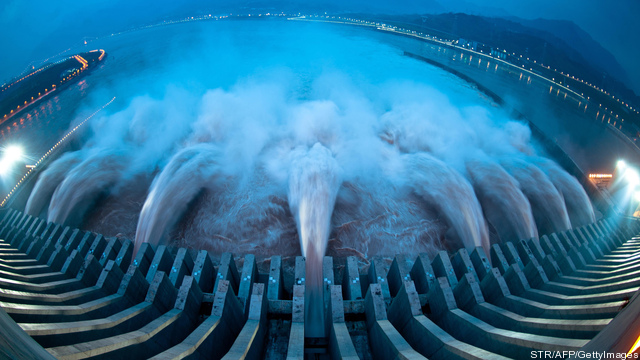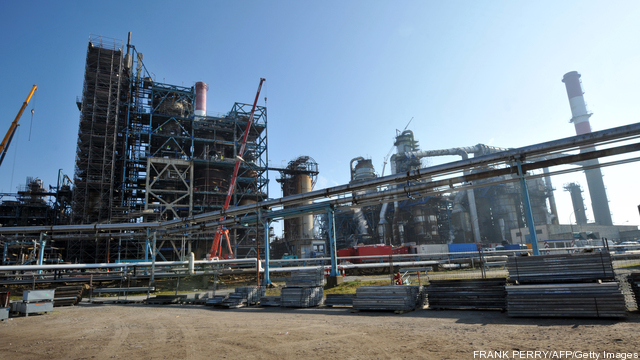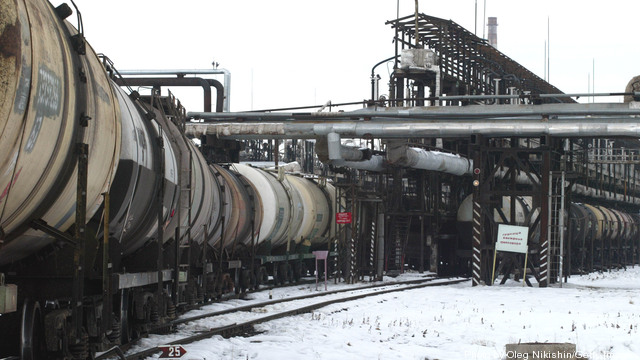
The world’s swelling population and continued economic growth will require increasing volumes of oil to power the cars, trucks, trains and planes that transport people and goods around the planet. But the Citi commodities research team has questioned the extent of that assumption in a new research report titled “Global Oil Demand Growth – the End is Nigh.”
This rethinking of global oil demand trajectory is driven by the analyst’s view that natural gas will increasingly be substituted for oil in the transportation, power generation and industrial sectors, while considerable gains in fuel economy “raise the possibility that the tipping point for oil demand may come much sooner than the markets are expecting.” Keep reading →









